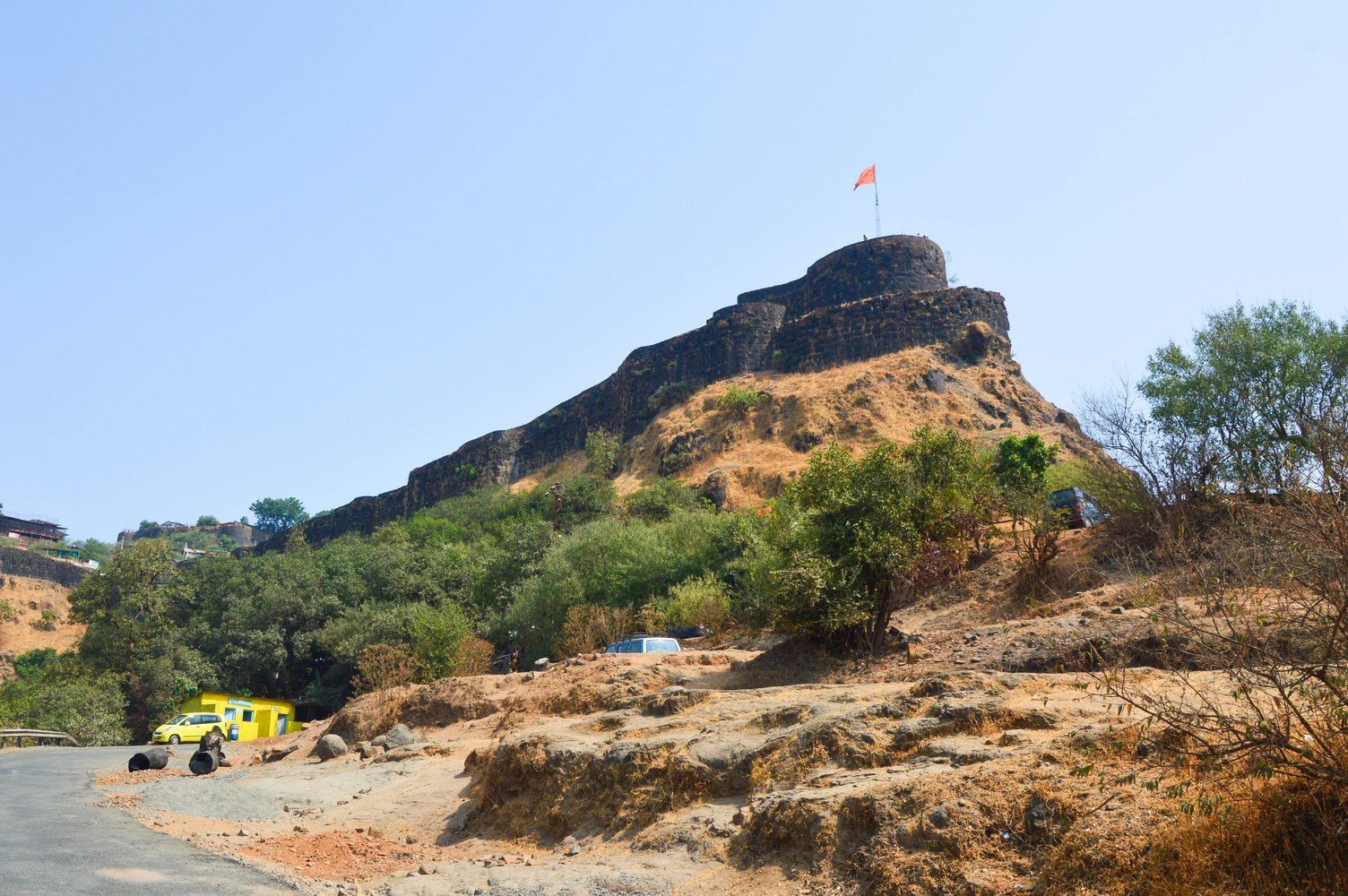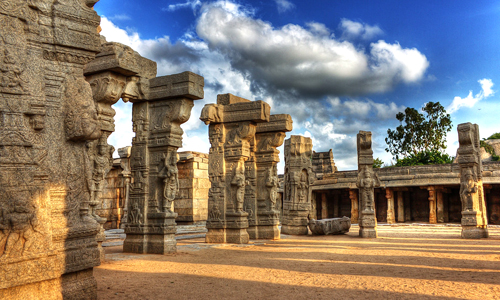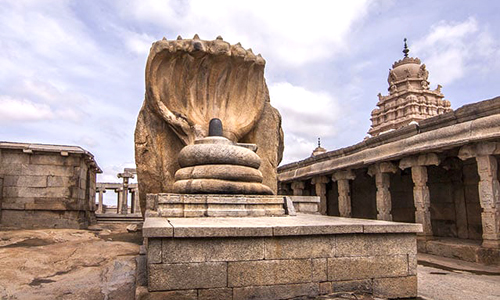The Bull of Lepakshi Nandi is one of the most popular tourist places in Lepakshi and is a well-known sight. Builders constructed it during the Vijayanagara period while they built the main Veerabhadra Temple.
A single piece of rock was used to make the Lepakshi Nandi. People say the Nandi sculpture is India's second largest monolithic building, after the Gomateshwara in Shravanabelagola. Its 30 feet long and 20 feet tall. The figure of Nandi has a necklace called muvvala haram, a bell chain with small horns.
You can see that the bull's head is held high and at a greater angle than usual. Further, the statue does not show the look of submission every day for Nandi when she stands before Shiva.
What is Lepakshi Nandi famous for?
One of the giant single-stone statues of Nandi in India is the Lepakshi Nandi. The artisans built this magnificent statue in the village of Lepakshi in Andhra Pradesh as part of the embroidered grandeur of Vijayanagara architecture and art. Artisans carved this granite idol from a single monolithic piece. It is about 4.5 metres high and 8.2 metres long. It faces the Veerabhadra Temple majestically and is, thus, an essential feature of the temple complex.
What are the architectural features of Lepakshi Nandi?
The Lepakshi Nandi is simply an architectural marvel of ancient craftsmanship. Intricately carved from a single piece of granite boulder, this proves the finesse of the artisans of the Vijayanagara Empire. It presents a finely detailed work of Nandi, the sacred bull and vehicle of Lord Shiva. The Lepakshi temple is a must-visit during the Lepakshi tour package.
His body is intricately carved, and his serene expression and the details on his musculature speak of the artist's expertise. Interestingly, the Nandi sits seated, facing the Veerabhadra Temple's main deity. The idol's base was exquisite as the top portion, with engravings representing mythological scenes.
What is the significance of Lepakshi Nandi in Hindu culture?
Nandi is a very sacred person to the people of Hinduism who symbolises power, loyalty, and devotion. He is considered necessary in Hindu worship and legend, for Nandi represents the bull belonging to Lord Shiva. These attributes are depicted through the Lepakshi Nandi figure in the Veerabhadra Temple and have become a central point of worship for various visitors. Since it faces the temple itself, it indicates that Nandi is guarding and paying respects to the god. Its size and its picture of grace further indicate the importance of Nandi in the spiritual and cultural life of the place.
Who carved the statue?
In the period when King Vijayanagara was at the helm of affairs of the Vijayanagara Empire, the Lepakshi Nandi statue was worked on. It is easy to see in the statue how high a level of artistry and architectural skill prevailed during the Vijayanagara time. It also reflects how dedicated the artists are to making lasting works of art.





